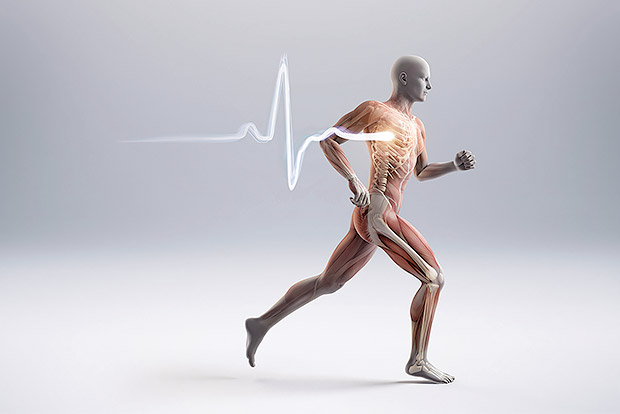
Bone loss puts you at risk for osteoporosis.
Bone mass peaks in your 20s, and you begin to lose about 0.5 percent per year after the age of 40. If steps are not taken to combat this loss, decreased bone mineral density (osteopenia) can result. When osteopenia is extreme, it becomes osteoporosis, a disease that puts you at high risk for bone fracture and physical disability.
Exercise can reduce bone loss.
Osteoblasts build bone and improve bone density, while osteoclasts break down bone and decrease bone density. During midlife, osteoblast activity is in balance with osteoclast activity. After a woman reaches menopause, osteoclast activity increases causing a loss in bone mineral density. Research shows that exercise stimulates the activity of osteoblasts (build-up) while it also appears to suppress osteoclast (breakdown) activity helping you to maintain bone density and decrease age-related bone loss.
The influence of exercise on bone mineral density is dependent on many factors including age, hormone status, nutritional status, and the type of exercise. The benefit of exercise also goes away once regular activity stops. Making physical activity a long-term, regular part of your lifestyle is essential for improving bone health.
Choose weight-bearing exercises.
Bones must be overloaded to stimulate new growth. This occurs during higher impact, weight-bearing exercises that involve pounding or quick movement such as running, moderate-intensity weight training, jump training, stair climbing, gymnastics, tennis, and soccer. Activities such as cycling and swimming are beneficial to heart health, but are not weight-bearing and do little to improve bone density.
Research shows that walking may not provide enough impact to preserve bone mineral density. However, it’s possible that a long-term walking program (more than 1 year) may provide some benefit. But if you rely on walking for your weight-bearing exercise, consider adding stair climbing or short jogging intervals to your regular walks.
It’s not too late to protect your bones.
Building a strong bone foundation in the teens and 20s is important, but it’s not too late if you have passed that stage of your life. The goal in midlife is to maintain the bone mass you have built in earlier years.
Sources



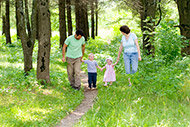 5 Ways to Burn 300 Calories this Weekend
5 Ways to Burn 300 Calories this Weekend
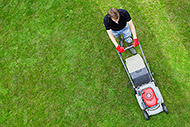 The Best Home and Garden Chores for Burning Calories
The Best Home and Garden Chores for Burning Calories
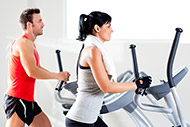 5 Tips for Making Exercise a Habit
5 Tips for Making Exercise a Habit
 Best Ways to Stay Safe during Exercise in Hot Weather
Best Ways to Stay Safe during Exercise in Hot Weather
 11 Tips for Exercise Motivation
11 Tips for Exercise Motivation
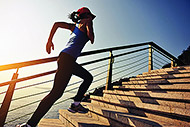 Signs You Need to Increase Exercise Intensity
Signs You Need to Increase Exercise Intensity
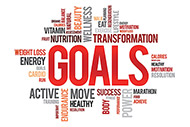 Mistakes to Avoid When Setting Fitness Goals
Mistakes to Avoid When Setting Fitness Goals
 Essential Gear for Starting an Exercise Program
Essential Gear for Starting an Exercise Program

 Pinterest
Pinterest RSS Feed
RSS Feed